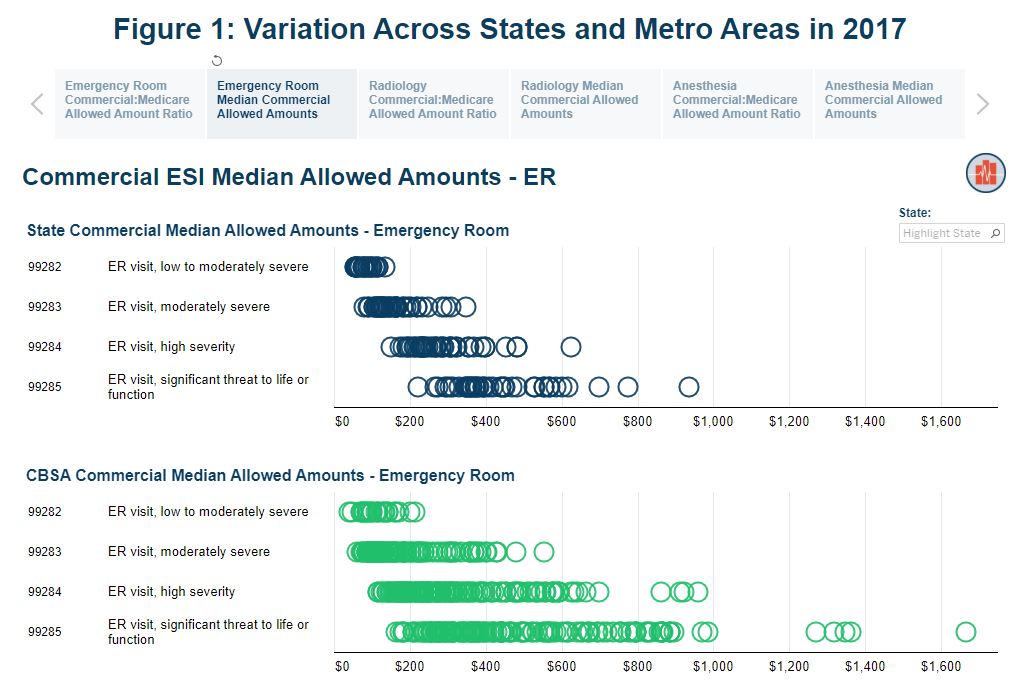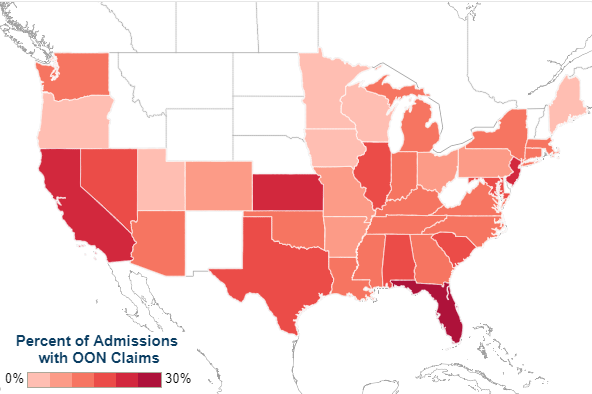Geographic Variation
-
HCCI Data Byte: Using 5-Digit Enrollee and Hospital Zip Code Data to Examine Travel Times for Children’s Hospital Services
 Read more: HCCI Data Byte: Using 5-Digit Enrollee and Hospital Zip Code Data to Examine Travel Times for Children’s Hospital Services
Read more: HCCI Data Byte: Using 5-Digit Enrollee and Hospital Zip Code Data to Examine Travel Times for Children’s Hospital ServicesHCCI’s commercial claims dataset includes claims for over one-third of the population with health insurance through their job (employer-sponsored insurance, or ESI). There are a number of unique features of these data that make them valuable for answering important health care and health policy questions. One such feature is the 5-digit zip codes of ESI…
-
International comparisons of health care prices from the 2019 iFHP study
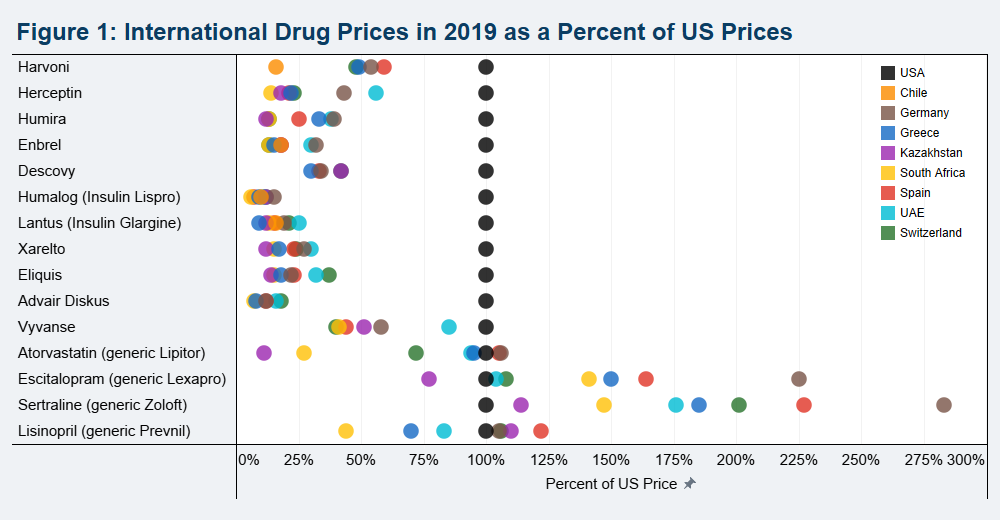 Read more: International comparisons of health care prices from the 2019 iFHP study
Read more: International comparisons of health care prices from the 2019 iFHP studyThe International Federation of Health Plans (iFHP), an executive network of the global health insurance industry based in London, in partnership with the Health Care Cost Institute (HCCI) in the United States, and iFHP member companies in multiple countries, today published the latest International Health Cost Comparison Report. The report compares the median prices paid…
-
Analysis of Electronic Medical Record Data Shows Significantly Higher Rates of COVID-19 Infection among Hispanic and Black Patients
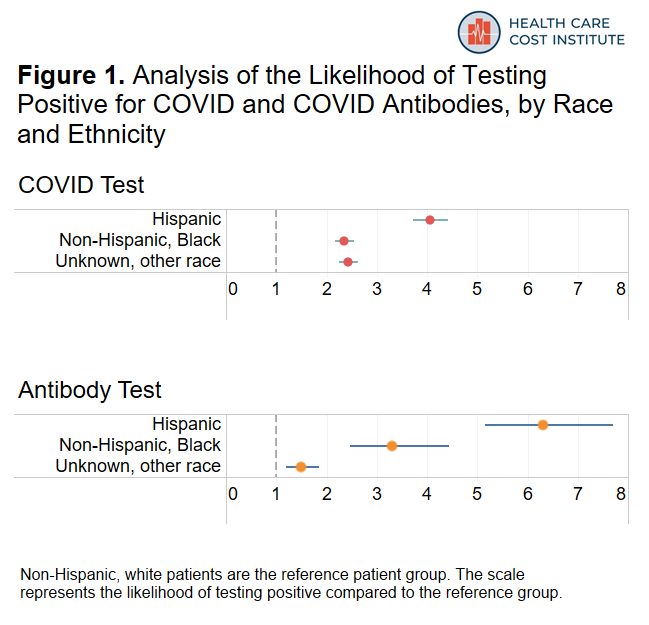 Read more: Analysis of Electronic Medical Record Data Shows Significantly Higher Rates of COVID-19 Infection among Hispanic and Black Patients
Read more: Analysis of Electronic Medical Record Data Shows Significantly Higher Rates of COVID-19 Infection among Hispanic and Black PatientsThe COVID-19 pandemic has resulted in a previously unimaginable impact both in the United States and globally. It is increasingly clear as we enter the fifth month of the pandemic, with rising caseloads and deaths, that the United States will need to continue to address the COVID-19 pandemic for the foreseeable future. Each day, we learn…
-
Consumer-Directed Health Plan Enrollment Rises in All Cities over 10 Years (2008 to 2017)
Tags: 10 Year Trend, Commercially Insured, Consumer-Directed Health Plans, Geographic Variation, Out-of-Pocket, Spending Read more: Consumer-Directed Health Plan Enrollment Rises in All Cities over 10 Years (2008 to 2017)
Read more: Consumer-Directed Health Plan Enrollment Rises in All Cities over 10 Years (2008 to 2017)Recent analysis by HCCI finds that enrollment in consumer-directed health plans (CDHPs) increased dramatically since 2008. Nationally, nearly a third of commercially insured individuals were enrolled in a CDHP in 2017, up from 7.5% in 2008. Over ten years, enrollment in CDHPs doubled in 85 of the 88 metro areas studied. High-deductible health plans (HDHPs) have become increasingly common…
-
How common is out-of-network billing?
Tags: Commercially Insured, Emergency Room, Geographic Variation, Mental Health and Substance Use, Out-of-Network, Surprise Billing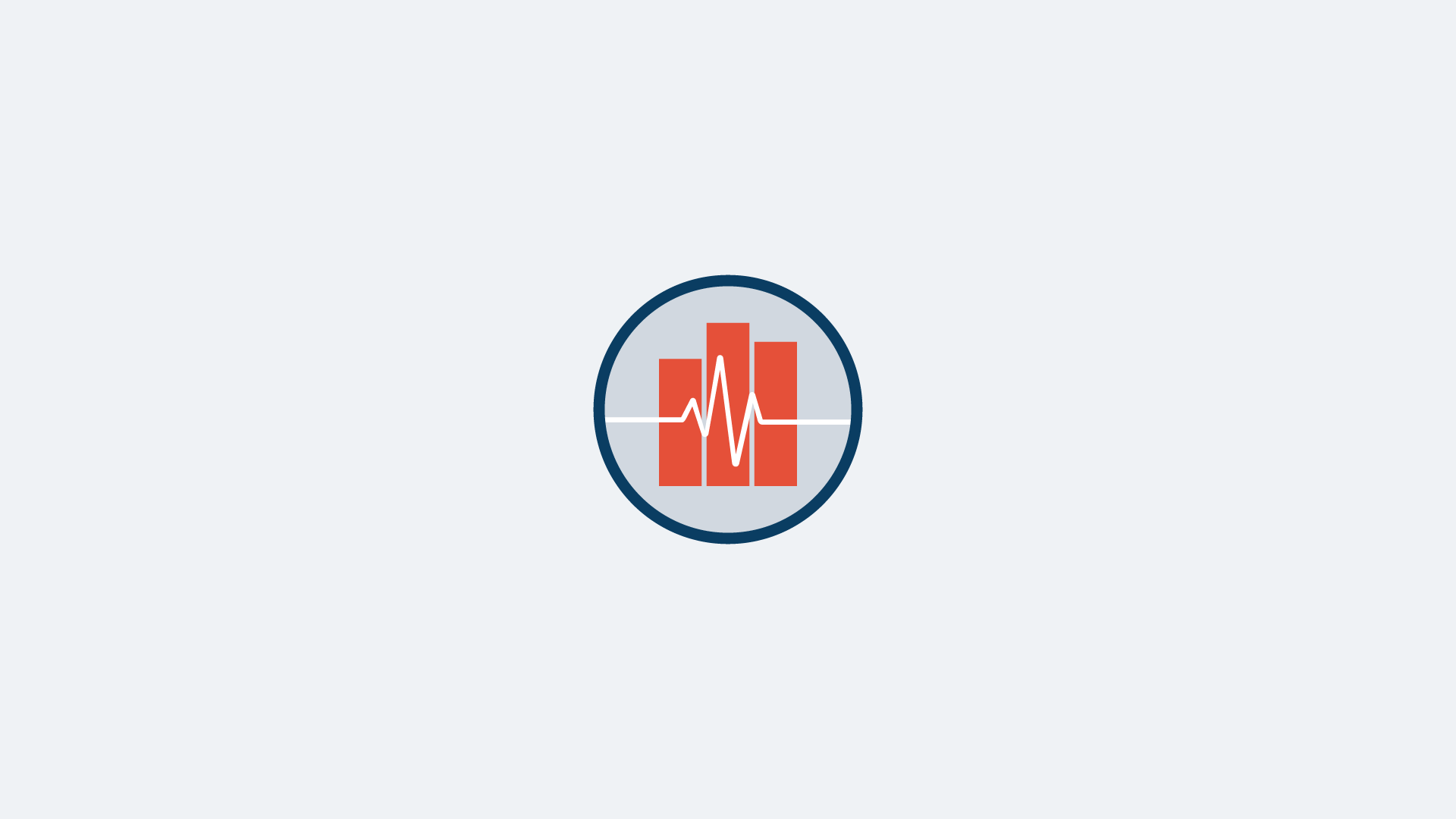 Read more: How common is out-of-network billing?
Read more: How common is out-of-network billing?Congress is considering legislation to address “surprise bills”, which occur when a person visits an in-network facility, but receives services from a provider that is outside of their insurer’s network. Bills in both the House and Senate include provisions to determine a benchmark rate for out-of-network payments based on what in-network providers of the same…
-
Comparing Average Rates for Select Anesthesiology, Emergency Medicine, and Radiology Services by Local Areas
Tags: Commercially Insured, Emergency Room, Geographic Variation, Medicare, Out-of-Network, Physician SpendingRead more: Comparing Average Rates for Select Anesthesiology, Emergency Medicine, and Radiology Services by Local AreasWhen a person unknowingly receives health care services from a provider that is outside of their insurer’s network, it gives rise to the potential for a “surprise bill”. Congress continues to consider legislation aimed at reducing the financial burden of “surprise bills” for patients. The approach approved by committees in both the House and Senate…
-
Out-of-Pocket Spending on Insulin is Highest at the Beginning of the Year
Tags: Commercially Insured, Consumer-Directed Health Plans, Diabetes, Drug Spending, Geographic Variation, Insulin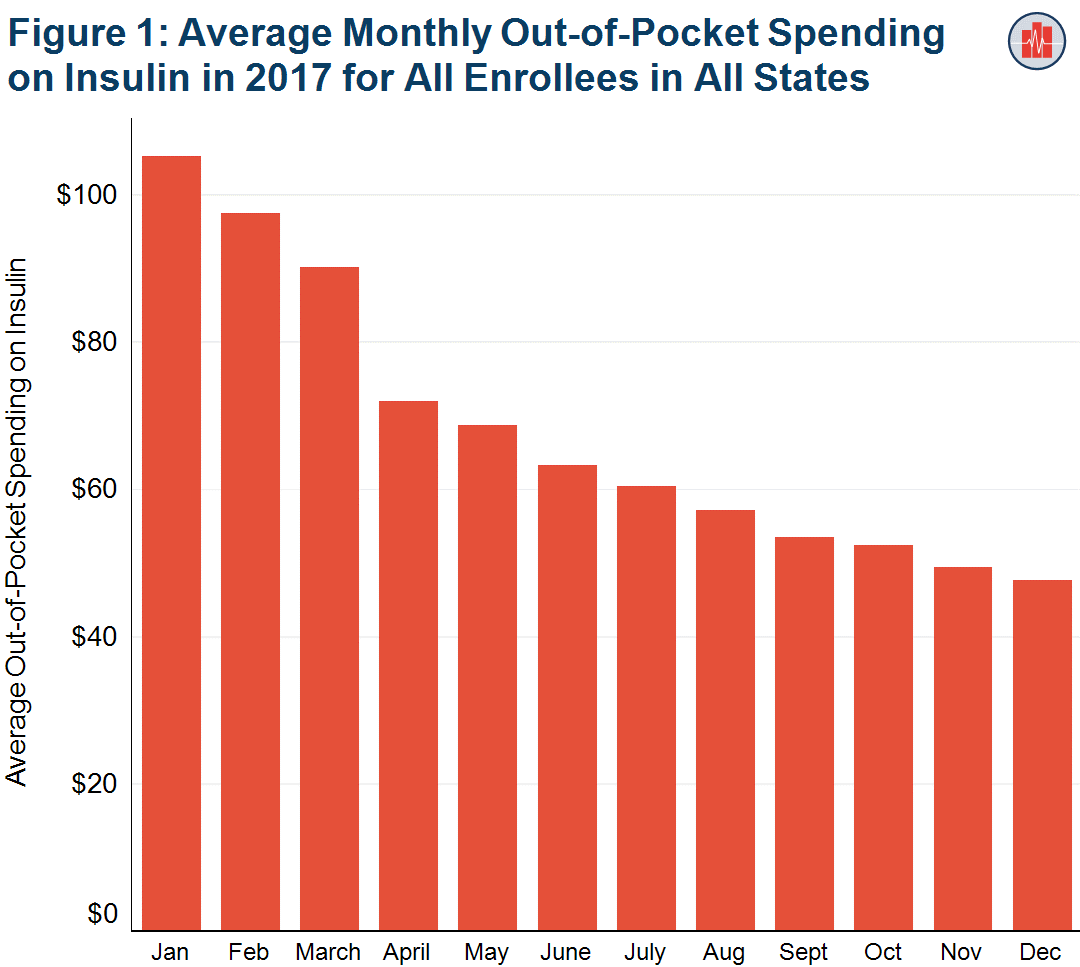 Read more: Out-of-Pocket Spending on Insulin is Highest at the Beginning of the Year
Read more: Out-of-Pocket Spending on Insulin is Highest at the Beginning of the YearPeople who get health insurance through their jobs pay more than twice as much for insulin at the beginning of the year than they do at the end of the year, on average. New analysis of HCCI data shows that, nationally, in January 2017, average out-of-pocket spending on insulin was $105. This spending declined every…
-
State Variation in Opioid Prescribing over 10 Years
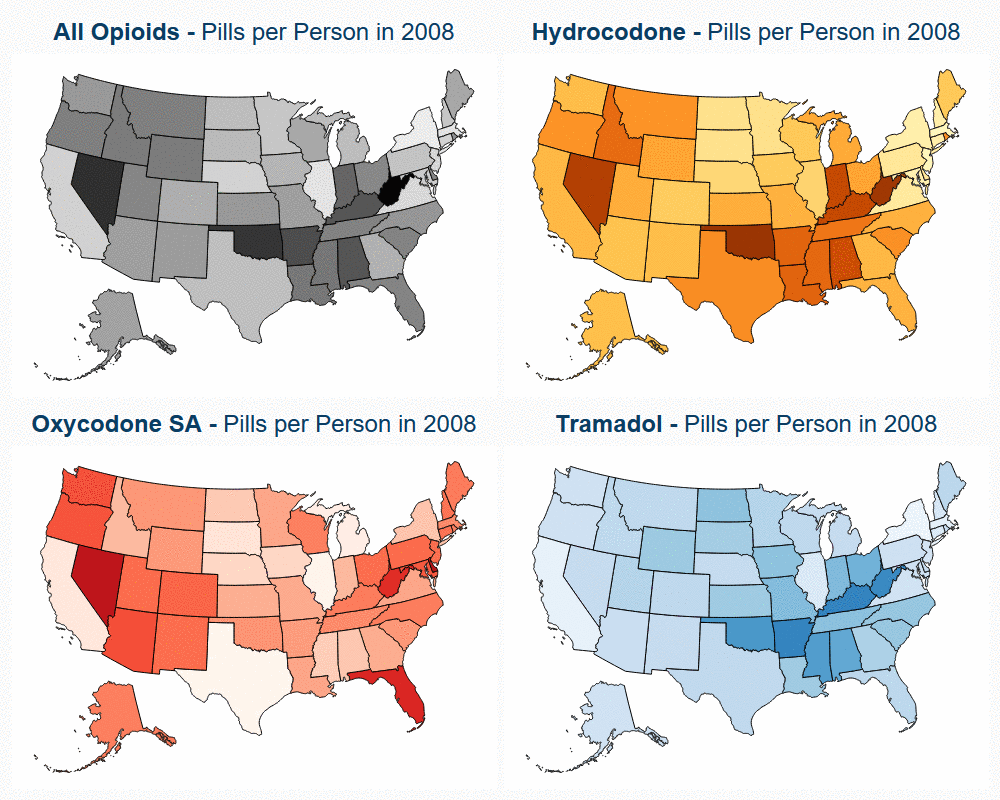 Read more: State Variation in Opioid Prescribing over 10 Years
Read more: State Variation in Opioid Prescribing over 10 YearsChanges in opioid utilization correlated with state-level policy changes aimed at decreasing opioid prescription rates. Previous research by HCCI illustrated that national opioid utilization in pills per person fell 27% between the years of 2008 and 2017, driven by declines in the use of hydrocodone (Vicodin). In addition to giving insight into prescription opioid utilization…
-
Opioid Prescriptions Declined 32% for the Commercially Insured over 10 Years (2008 to 2017)
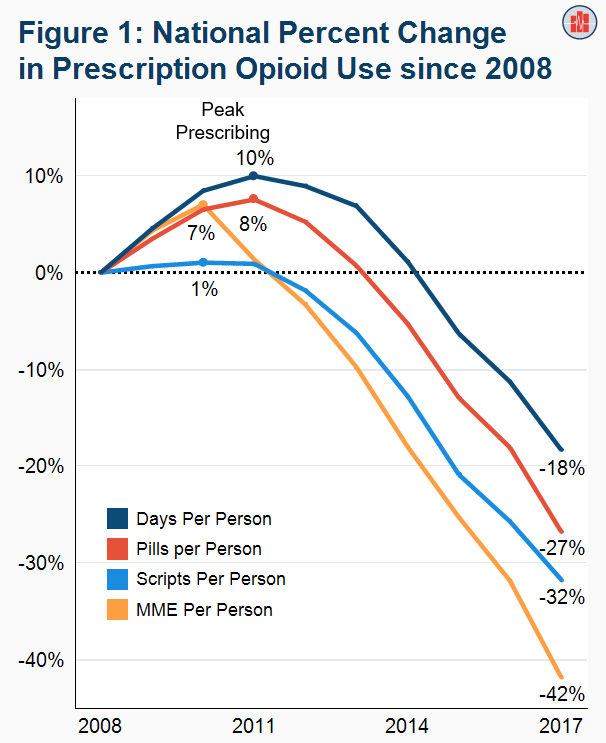 Read more: Opioid Prescriptions Declined 32% for the Commercially Insured over 10 Years (2008 to 2017)
Read more: Opioid Prescriptions Declined 32% for the Commercially Insured over 10 Years (2008 to 2017)Among people who get health insurance from their employers (56% of the population in 2017), prescription opioid use peaked in 2010/2011 and declined every year from 2012 to 2017. In a new study using the Health Care Cost Institute’s commercial claims data from 2008 to 2017, we observed a decline regardless of how utilization was…
-
Surprise out-of-network medical bills during in-network hospital admissions varied by state and medical specialty, 2016
Read more: Surprise out-of-network medical bills during in-network hospital admissions varied by state and medical specialty, 2016Out-of-network billing practices have increasingly garnered attention as individuals with commercial health insurance continue to experience “surprise billing.” A surprise medical bill commonly describes a charge to a patient for care delivered by an out-of-network (OON) professional who works within an in-network facility. We used the Health Care Cost Institute’s (HCCI) vast commercial claims database to…

